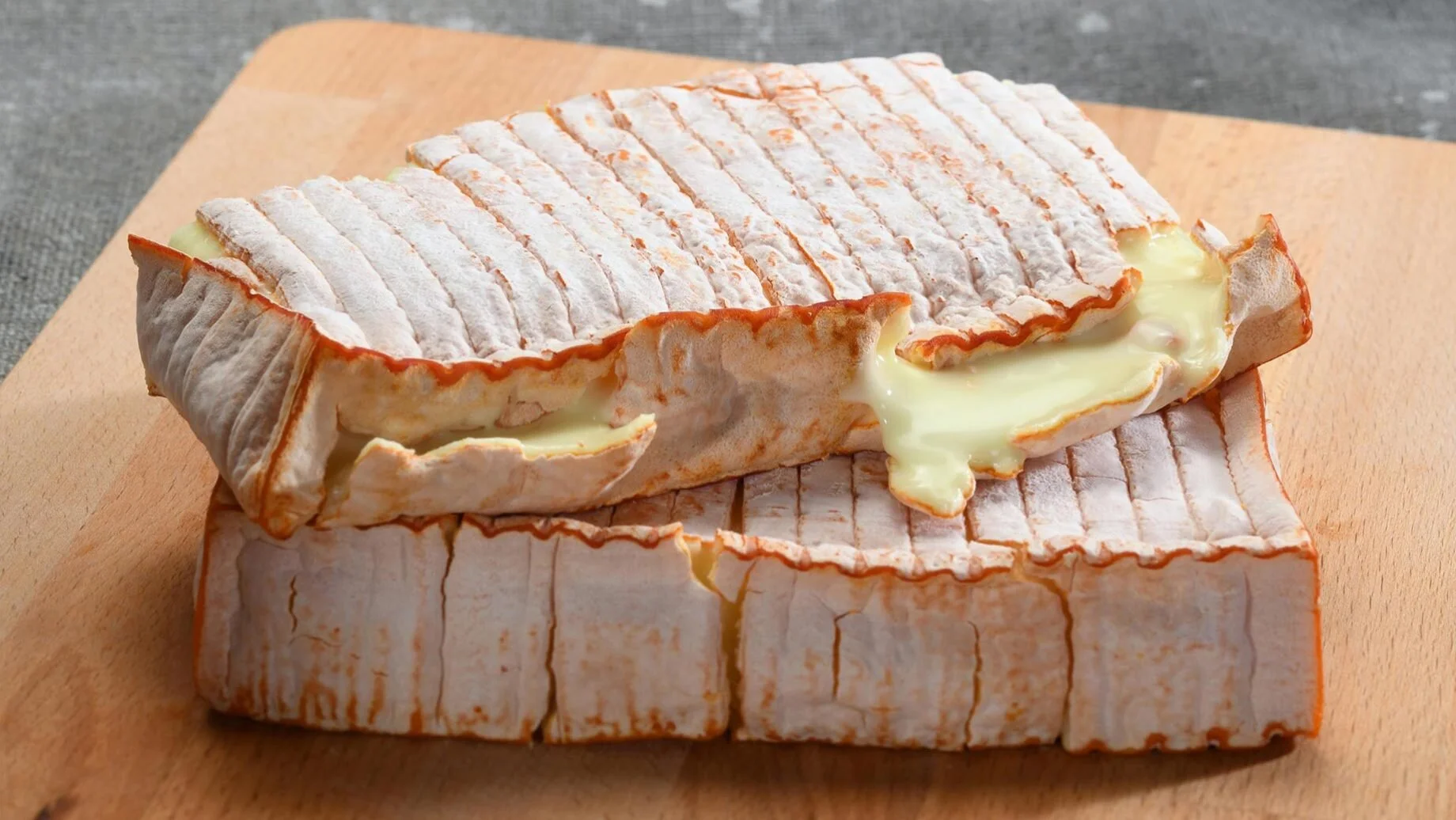Photo: Trip Advisor
World Cheese Encyclopaedia - Each Sunday learn all about a new cheese.
This week Azeitão from Portugal.
Photo: culturecheesemag.com
Country: Portugal 🇵🇹
Region: Setubal, Palmela and Sesimbra
Made from: Sheep’s milk
Pasteurised: No
Texture: Semi-soft, creamy, supple
Taste: buttery, herbaceous, milky, salty, sour, strong
Certification: DOP (Denominação de Origem Protegida)
Aging: 20 to 40 days
It is worth going to Portugal just to eat Azeitão (ah-zay-TOHN) cheese. Azeitão is a DOP protected, handcrafted, unpasteurised sheep's milk cheese made at the foothills of the Arrábida Mountains in the south west of Portugal. It is a produced only in the demarcated municipalities of Setubal, Palmela and Sesimbra.
Azeitão is a cured cheese, of a buttery, pudding-like, semi-soft consistency, white or light yellow in colour. One distinguishing feature of this cheeses is that it is coagulated with cardoon, an artichoke-like member of the thistle family. The leaves and flowers contain an enzyme that, like animal rennet, makes proteins clump, creating solid curds and liquid whey. Since the flower of the locally grown cardoon plant is the coagulant, it is truly a vegetarian cheese.
Photo: Analict.pt
Made with raw sheep's milk, the young Azeitão cheeses are molded into rounds about three inches across and half as tall. The cheese is wrapped in vegetal paper and then cured for either 20 days if produced in the summer or 40 days if in winter. The rounds are made on the smaller side, in 100 and 250 gram sizes.
Early in the process, the rounds are washed repeatedly with their whey, which encourages the formation of the rind which is a uniform buff color, approaching the orange hues characteristic of a washed-rind cheese. The rind is smooth, dry and waxy, not moist or tacky like the exterior that develops on some other washed-rind cheeses.
Azeitão is one of those rare cheeses that tastes more pungent than it smells. The paste is ivory-colored, dense and creamy, with a few tiny eyes. It melts in your mouth, leaving behind long-lasting, earthy flavors.
The taste is a mix of sour and salty with a continual herbaceousness. It is usually served with the top sliced off and a tiny spoon standing in the runny interior.
Photo: SFGate
History
Among Portuguese cheeses, Azeitão is a star. Named for the village south of Lisbon where it purportedly originated in the 19th century, it is now a DOP (protected origin) cheese that must come only from three designated districts and must be produced in a tightly defined way.
The story goes that in the beginning of the 19th century, a farmer called Gaspar Henriques de Paiva moved from the Beira region to Azeitão, near Lisbon. He liked his new home, but craved the taste of the famous cheese made in Beira’s Estrela mountain. In 1830, Gaspar brought some “bordalesa” sheep from the Estrela mountain to Azeitão and arranged for a shepherd to come once a year to help him make cheese. Gaspar owned only a few sheep, so his cheeses were small in size and his production low in volume. But the cheese was so great that it quickly gathered fame. Gaspar taught his neighbors how he made cheese with only three ingredients: sheep milk, cardoon and salt. Soon there were several cheese producers in Azeitão.
Photo: Jose Maria de Fonseca
In 2014, Azeitão cheese was named one of the 50 best gastronomic products in the world by the Great Taste Awards.
How to Enjoy It
Azeitão has about the same consistency as soft, (but sticky) butter. The traditional and easiest way to serve it is by cutting off the top of the rind and using a spoon to scoop out the cheese. It is perfect to spread on or dribble over crusty bread or crackers.
A cheese with so much personality needs a moderate-weight red wine without a lot of tannin. Sweet white wines from the same region or medium-bodied red wines with low tannin levels pair beautifully with it.
Sources: cheese.com, sfgate.com, Catavino, The Guardian, Wikipedia, anilact.pt, Salt of Portugal, culturecheesemag.com, Jose Maria da Fonseca, tastingescapes.com
Looking for a different cheese? Search the whole cheese encyclopaedia here.






























